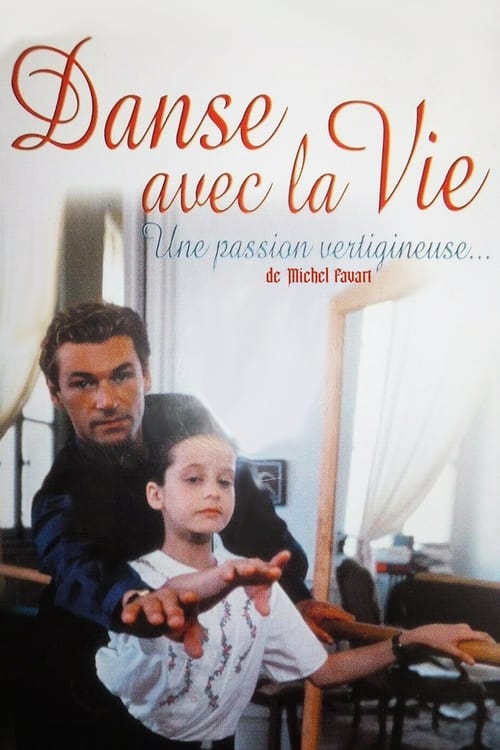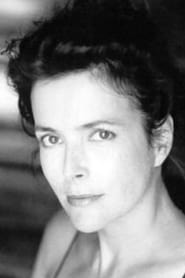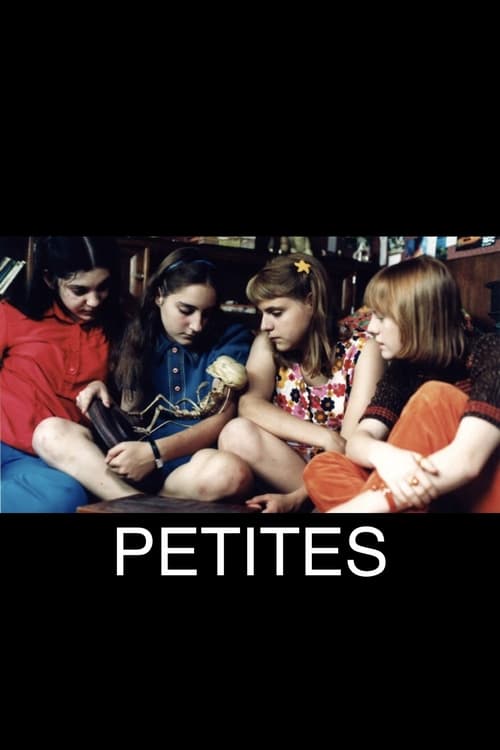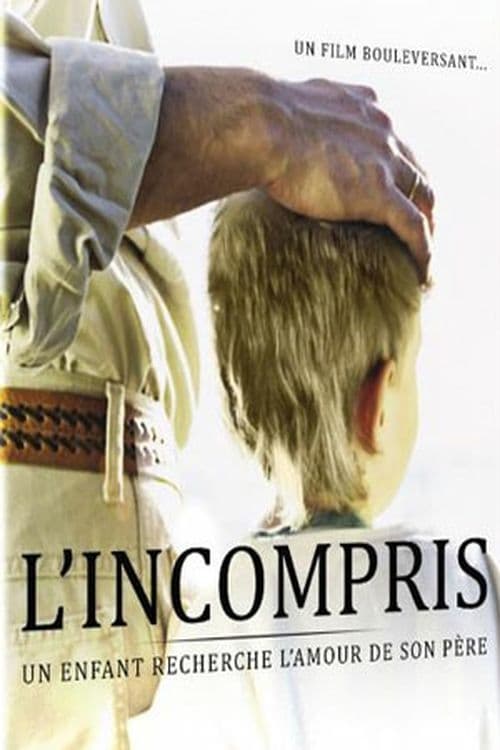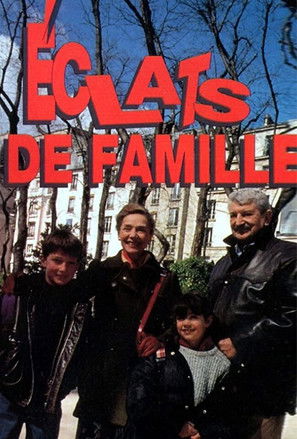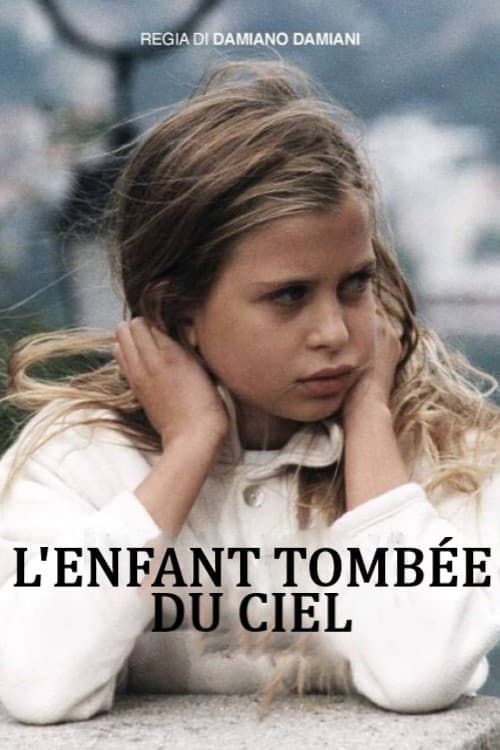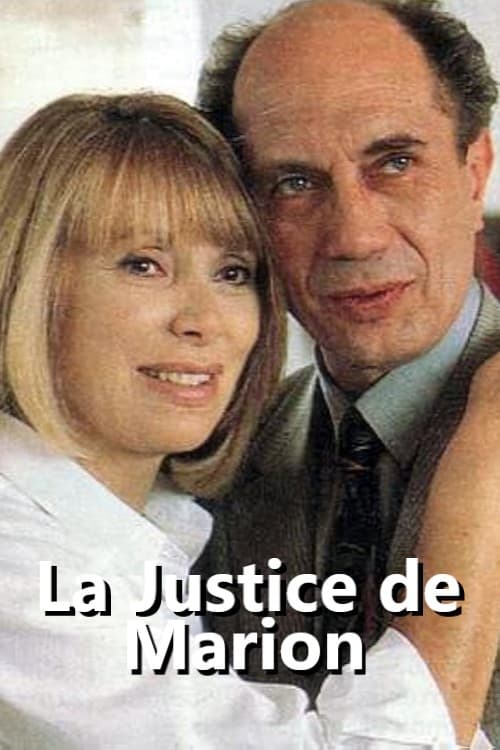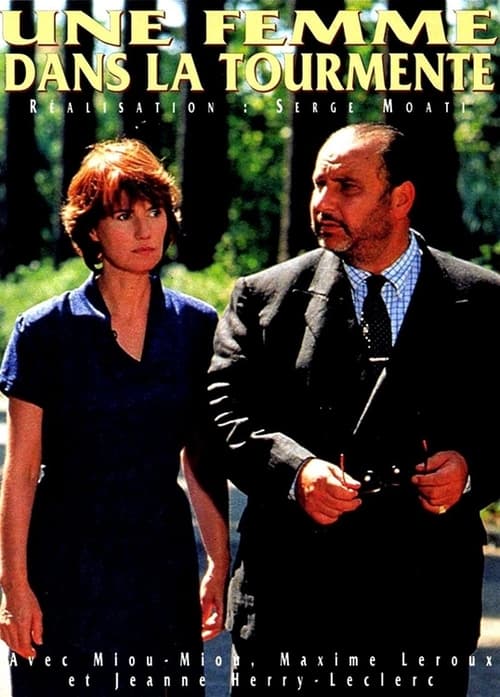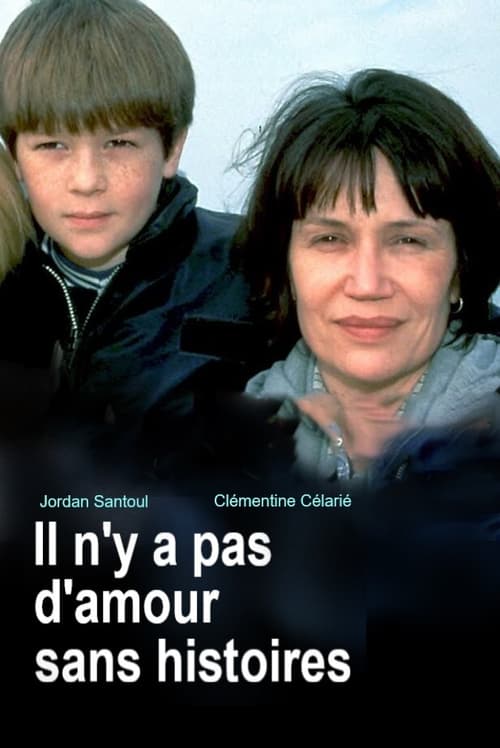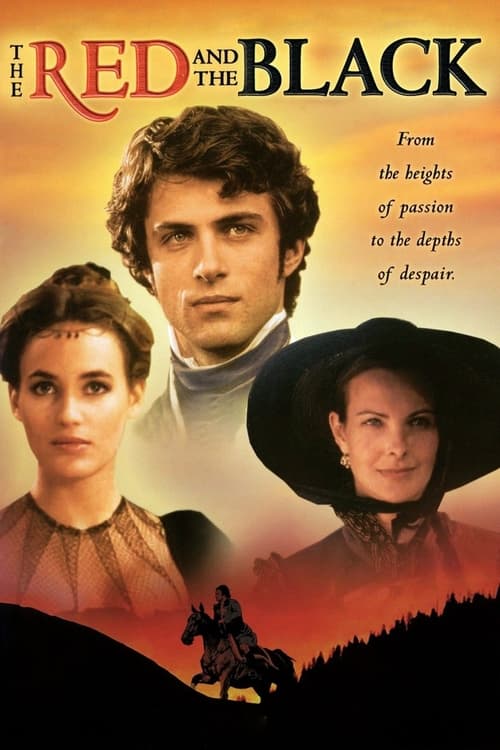
Ask Your Own Question
What is the plot?
More Movies Like This
Browse All Movies →What is the ending?
In the ending of "Danse avec la vie," the main character, a dancer named Lila, faces a pivotal moment in her life as she grapples with her past and the choices she has made. The film concludes with Lila finding a sense of closure and acceptance, ultimately embracing her passion for dance and the relationships she has formed along the way.
As the final scenes unfold, Lila stands in a dimly lit dance studio, the echoes of her past reverberating in her mind. She reflects on her journey, the struggles she faced, and the people who have influenced her life. The camera captures her emotional turmoil, her face a canvas of determination and vulnerability.
In a climactic moment, Lila performs a powerful dance, channeling her pain and joy into each movement. The choreography is a blend of grace and raw emotion, symbolizing her reconciliation with her past. As she dances, the memories of her relationships with her mentor, her friends, and her love interest flash before her, each one a thread in the tapestry of her life.
The film closes with Lila finishing her performance, breathless and radiant. The audience, moved by her expression, erupts into applause. Lila smiles, a mixture of relief and triumph washing over her. She has not only reclaimed her passion but has also found a way to honor her past while looking forward to the future.
In the final moments, the camera pans out, leaving Lila in the spotlight, a symbol of resilience and the transformative power of dance.
As the film approaches its conclusion, the atmosphere in the dance studio is thick with anticipation. Lila, the protagonist, stands alone, her heart racing as she prepares for the final performance that will encapsulate her journey. The studio is dimly lit, with shadows dancing along the walls, mirroring the turmoil within her. She takes a deep breath, her mind racing through the memories of her past--the struggles, the heartbreak, and the moments of joy that have shaped her.
Scene by scene, the narrative unfolds. Lila recalls her mentor, who believed in her when she doubted herself. The camera lingers on her face, capturing the flicker of gratitude mixed with sorrow. She remembers the sacrifices she made, the friendships that were tested, and the love that blossomed and faded. Each memory is a brushstroke on the canvas of her life, painting a picture of resilience.
As she steps onto the stage, the lights brighten, illuminating her figure. The audience is a sea of faces, each one waiting to witness the culmination of her journey. Lila begins to dance, her movements fluid and expressive. The choreography is a reflection of her inner turmoil--each pirouette and leap a release of pent-up emotions. The music swells, and with it, Lila's spirit rises.
In this moment, she is not just performing; she is telling her story. The dance becomes a dialogue with her past, a way to confront the pain and celebrate the joy. The camera captures the intensity in her eyes, the determination etched on her face. As she dances, flashes of her relationships appear--her mentor's encouraging smile, the laughter shared with friends, and the bittersweet moments with her love interest. Each figure is a reminder of the connections that have defined her.
As the performance reaches its climax, Lila pours every ounce of her being into the final movements. The audience is captivated, their applause echoing in the studio, but for Lila, this moment is about more than just applause. It is about reclaiming her identity, embracing her passion, and finding closure.
When the dance concludes, Lila stands breathless, her chest heaving as she takes in the applause. A radiant smile breaks across her face, a mixture of relief and triumph. She has faced her fears and emerged stronger, not just as a dancer but as a person. The camera captures her in the spotlight, a symbol of resilience and the transformative power of art.
In the final moments, the scene shifts to Lila stepping off the stage, her heart full. She looks around at the faces of her friends and mentor, who are beaming with pride. Each character has played a role in her journey, and now, they stand together, united in their shared experiences. Lila's fate is one of hope and renewal; she has embraced her past while looking forward to a future filled with possibilities.
As the credits roll, the audience is left with the image of Lila, a dancer who has not only danced with life but has also learned to live fully, embracing every moment with grace and courage.
Is there a post-credit scene?
The movie "Danse avec la vie," produced in 1995, does not feature a post-credit scene. The film concludes its narrative without any additional scenes or content after the credits roll. The story wraps up with a focus on the emotional journey of the characters, leaving the audience with a sense of closure regarding their arcs and experiences.
What motivates the main character, Pierre, to pursue a career in dance despite the challenges he faces?
Pierre is driven by a deep passion for dance that transcends the obstacles in his life. His love for the art form is rooted in his childhood experiences, where dance provided him an escape from the harsh realities of his environment. As he navigates through personal struggles, including financial difficulties and familial expectations, his determination to succeed in dance becomes a means of self-expression and a way to assert his identity.
How does Pierre's relationship with his mentor influence his journey in the film?
Pierre's relationship with his mentor, a seasoned dancer, serves as a pivotal influence on his journey. The mentor recognizes Pierre's raw talent and potential, providing guidance and support that helps him refine his skills. This relationship is marked by moments of tough love, where the mentor pushes Pierre to confront his fears and insecurities. As Pierre grows, he learns to balance respect for his mentor's wisdom with his own artistic vision, ultimately shaping his path in the competitive world of dance.
What role does the theme of competition play in Pierre's development as a dancer?
Competition is a central theme that significantly impacts Pierre's development. Throughout the film, he faces various rivals who challenge his abilities and force him to confront his self-doubt. These competitive encounters are not just about winning; they push Pierre to dig deeper into his passion and refine his technique. The pressure of competition also highlights his vulnerabilities, leading to moments of introspection where he must reconcile his desire for success with the joy of dancing itself.
How does Pierre's family react to his pursuit of a dance career, and how does this affect him?
Pierre's family is initially skeptical of his pursuit of a dance career, viewing it as an impractical choice that deviates from traditional expectations. Their disapproval creates a sense of conflict within Pierre, as he grapples with the desire to please his family while staying true to his passion. This tension fuels his determination to prove them wrong, but it also leads to moments of emotional turmoil, where he questions his worth and the sacrifices he must make for his dreams.
What significant events lead to Pierre's turning point in the film?
Several significant events lead to Pierre's turning point, including a pivotal audition that tests his skills and resolve. After facing rejection and criticism, he experiences a moment of self-reflection that reignites his passion for dance. Additionally, a personal crisis involving a close friend serves as a wake-up call, prompting Pierre to reassess his priorities and motivations. These events culminate in a renewed commitment to his craft, pushing him to embrace his unique style and take bold risks in his performances.
Is this family friendly?
"Danse avec la vie," produced in 1995, is a film that explores themes of love, loss, and the complexities of human relationships. While it has moments of beauty and emotional depth, there are several aspects that may be considered objectionable or upsetting for children or sensitive viewers.
-
Themes of Illness and Death: The film deals with serious topics such as terminal illness, which may be distressing for younger audiences or those sensitive to such themes.
-
Emotional Turmoil: Characters experience significant emotional struggles, including grief and despair, which could be heavy for some viewers.
-
Adult Relationships: The film portrays complex adult relationships that may include romantic and sexual elements, which might not be suitable for younger viewers.
-
Conflict and Tension: There are scenes of conflict between characters that may evoke feelings of discomfort or sadness.
-
Visual Depictions of Suffering: Some scenes may visually depict the struggles associated with illness, which could be upsetting.
Overall, while "Danse avec la vie" offers a poignant narrative, its exploration of heavy themes and emotional challenges may not be appropriate for all audiences, particularly children or those who are sensitive to such content.

